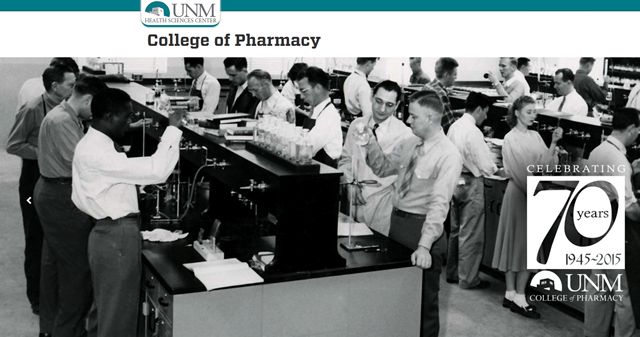
Pharmaceutical Sciences ETDs
Publication Date
7-29-2014
Abstract
Background/Purpose: Knee osteoarthritis (KOA) affects 13.8% of the US population aged \u226526, causing significant burden-of-illness. We examined the cost-effectiveness of conventional medicines such as non-steroidal anti-inflammatory drugs (NSAIDs) and celecoxib and complementary and alternative medicines (CAM) therapies to treat KOA from the US health care payers and patients' perspectives and from 24-week, 2-year, and 10-year time-horizons. Methodology: We constructed a Markov cohort model (10-year analysis) and a decision-tree model (24-week and 2-year analyses). All costs were obtained from the published literature (converted to 2012 USD) and included both direct and indirect health care costs of medications, drugs associated adverse events, and total knee replacement surgery. Effectiveness was measured in Quality-adjusted life-years (QALYs) gained. Clinical efficacies for treatment strategies under study were obtained from the Glucosamine/CS Arthritis Intervention Trial (GAIT). Cost-effectiveness were estimated by severity of baseline knee pain, categorized based on the data from GAIT into overall, mild pain only, and moderate-to-severe pain groups. Multiple published sources were used to obtain rest of the modeling parameters. Base-case results were varied in both one-way and probabilistic sensitivity analysis. Results: We found that, in general, CAM therapies are cost-effective than conventional medicines to treat KOA in the US, with CS being the most cost-effective treatment. With CS as the reference, glucosamine was the most cost-effective, except for in mild pain only KOA patients group from 24-week time-horizon where celecoxib was the most cost-effective. Among the moderate-to-severe pain group, combination therapy of glucosamine and CS was the most cost-effective. A major driver of cost-effectiveness of CAM therapies over conventional medicines was the exclusion of the risk of adverse events associated with the former because of the lack of evidence. Conclusion: CAM therapies are cost-effective than conventional medicines in treating KOA, both because of adverse events associated with latter and their higher drug utilization costs. Decision-makers could inform their treatment selection decisions from the findings of our study; however, future research is required to examine the long-term effectiveness and safety of CAM therapies in treating KOA.
First Committee Member (Chair)
Clegg, Daniel O
Degree Name
Pharmaceutical Sciences
Second Committee Member
Borrego, Matthew E
Level of Degree
Doctoral
Third Committee Member
Gu, Ning Yan
Department Name
College of Pharmacy
Language
English
Document Type
Dissertation
Keywords
cost-effectiveness analysis, glucosamine, chondroitin sulfate, celecoxib, quality-adjusted life-years, healthcare costs, nsaids
Recommended Citation
Garg, Vishvas. "COST-EFFECTIVENESS OF GLUCOSAMINE, CHONDROITIN SULFATE, THEIR COMBINATION, CELECOXIB, NON-SELECTIVE NON- STEROIDAL ANTI-INFLAMMATORY DRUGS, AND PLACEBO IN TREATING KNEE OSTEOARTHRITIS." (2014). https://digitalrepository.unm.edu/phrm_etds/5
